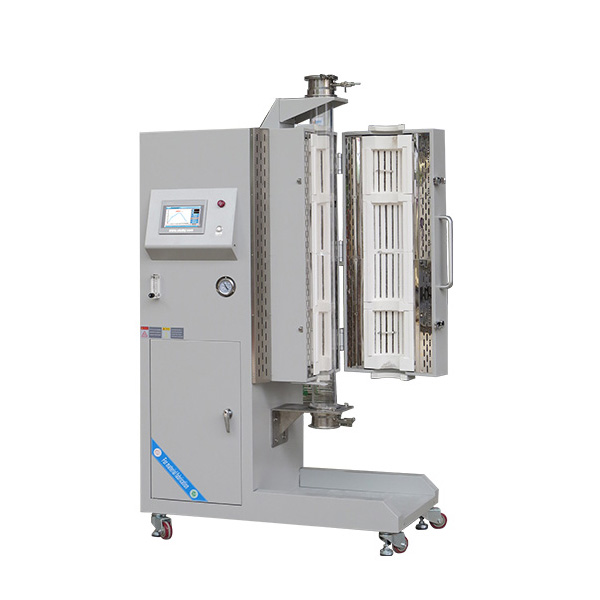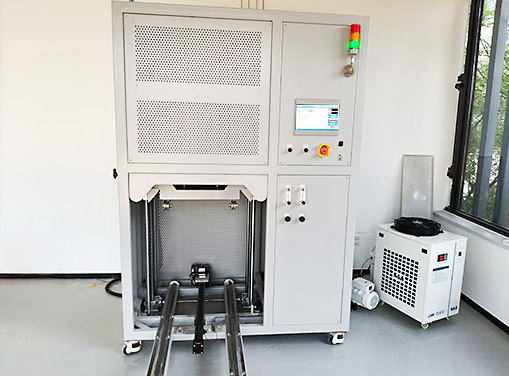Table of Contents
Fluidized bed technology is a versatile and widely used method in various industrial processes, particularly in chemical engineering, material science, and energy production.
What is Fluidized Bed Technology?
Fluidized bed technology involves the suspension of solid particles in an upward-flowing stream of fluid (usually gas or liquid). This process creates a dynamic and fluid-like behavior in the solid particles, allowing for enhanced mixing, heat transfer, and chemical reactions. The technology is termed “fluidized” because the particles behave as if they were a fluid.
How It Works
Fluidization:
Solid particles are placed in a containment area (the bed).
A fluid (air, gas, or liquid) is passed through the bed from the bottom.
As the fluid flow rate increases, the particles begin to lift and move freely, behaving like a boiling liquid.
This state is known as fluidization.
Uniform Mixing:
In the fluidized state, solid particles are evenly distributed and mix uniformly with the fluid.
This uniformity ensures that all particles are exposed to the same conditions, enhancing reaction efficiency.
Temperature Control:
Fluidized beds provide excellent heat transfer due to the constant motion of particles, which distributes heat evenly throughout the bed.
Applications
Material Synthesis and Improvement:
Used for the preparation of nanomaterials, composite materials, catalysts, and other advanced materials, achieving uniform doping and surface heat treatment through fluidized bed technology.
Heat Treatment Processes:
Suitable for material heat treatment processes requiring precise temperature control, such as sintering and oxidation.
Catalytic Reaction Research:
Fluidized bed technology is employed to study the performance and reaction conditions of various catalysts, aiding in the development of new catalytic materials.
Powder Processing:
Laboratory tube furnace fluidized bed technology can be used for powder drying, activation, surface coating, and other operations, widely assessed in materials science research.
Chemical Vapor Deposition (CVD):
Utilizing fluidized bed technology to enhance the interaction between gaseous reactants and solid materials, optimizing thin film deposition in the CVD process.
Recommended Equipment
Advantages of Fluidized Bed Technology
Enhanced Heat and Mass Transfer:
The fluid-like behavior of particles improves the efficiency of heat and mass transfer.
Uniform Temperature:
Consistent temperature throughout the bed prevents hot spots, which can lead to better control of reactions.
Scalability:
Fluidized bed systems can be scaled from laboratory to industrial sizes, making them versatile for different applications.
Flexibility:
Capable of handling a wide range of particle sizes and types, including fine powders and larger granules.
Conclusion
Fluidized bed technology is a powerful tool in various industries, offering enhanced efficiency, better control, and versatility.
Whether in energy production, material processing, or environmental management, this technology continues to play a critical role in advancing industrial processes.






